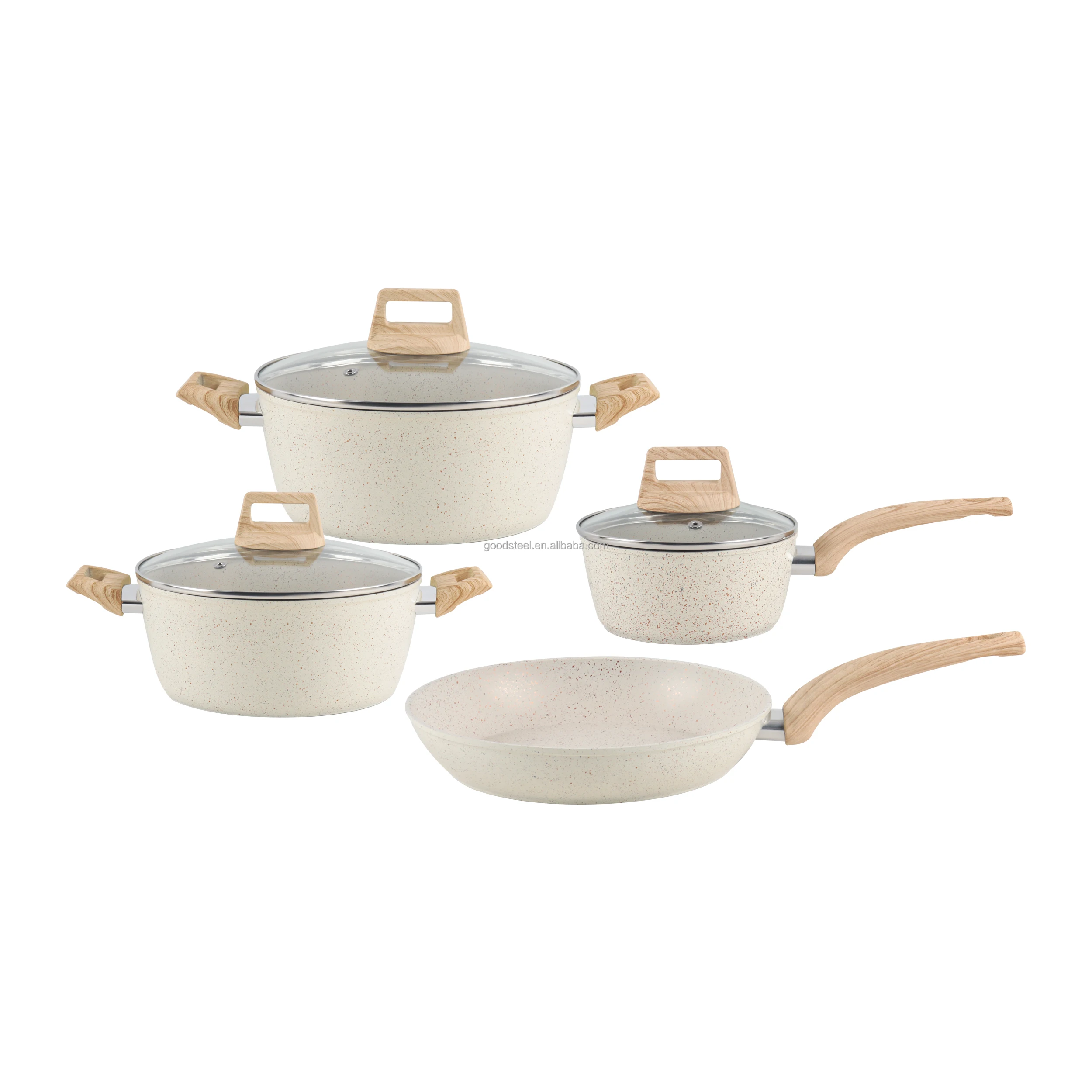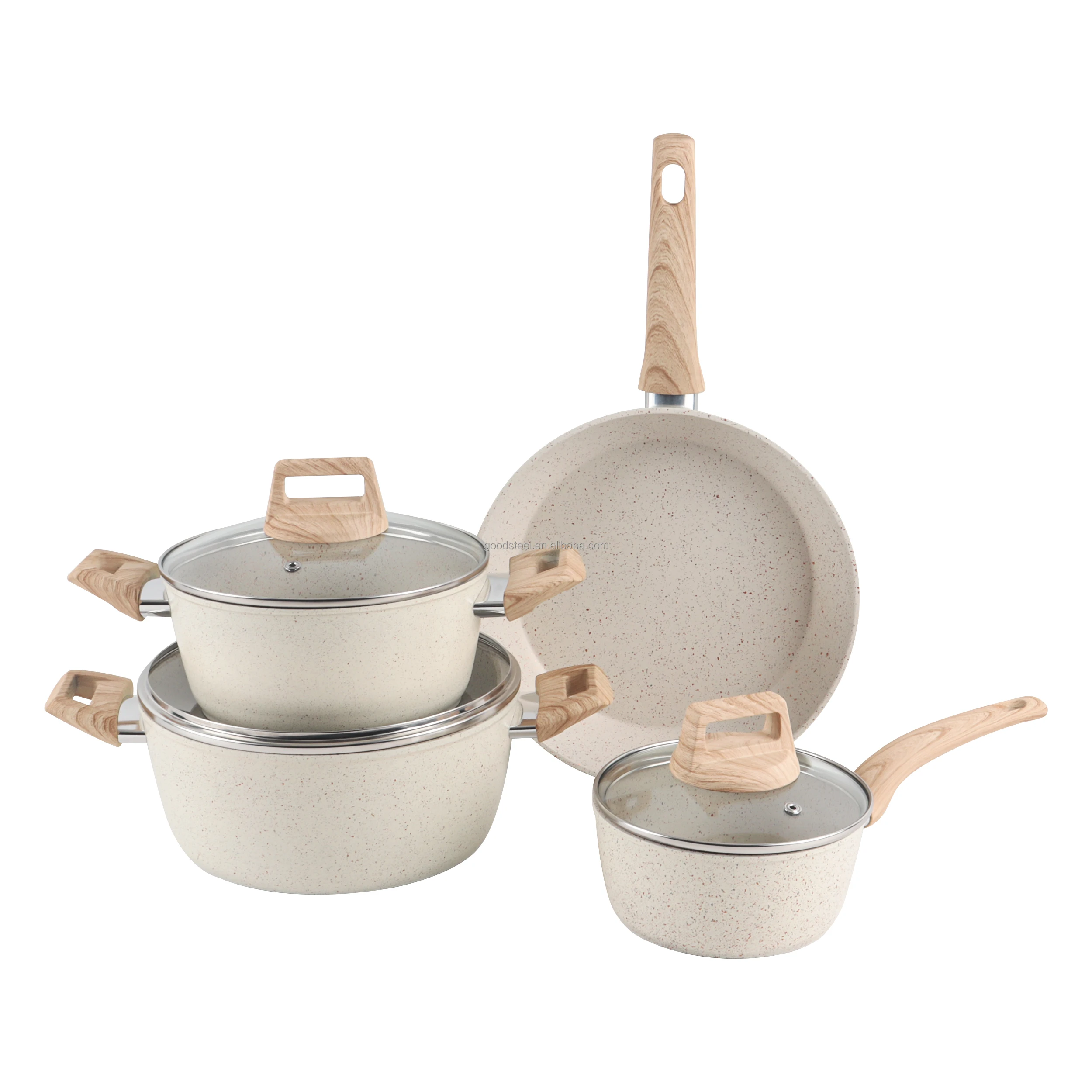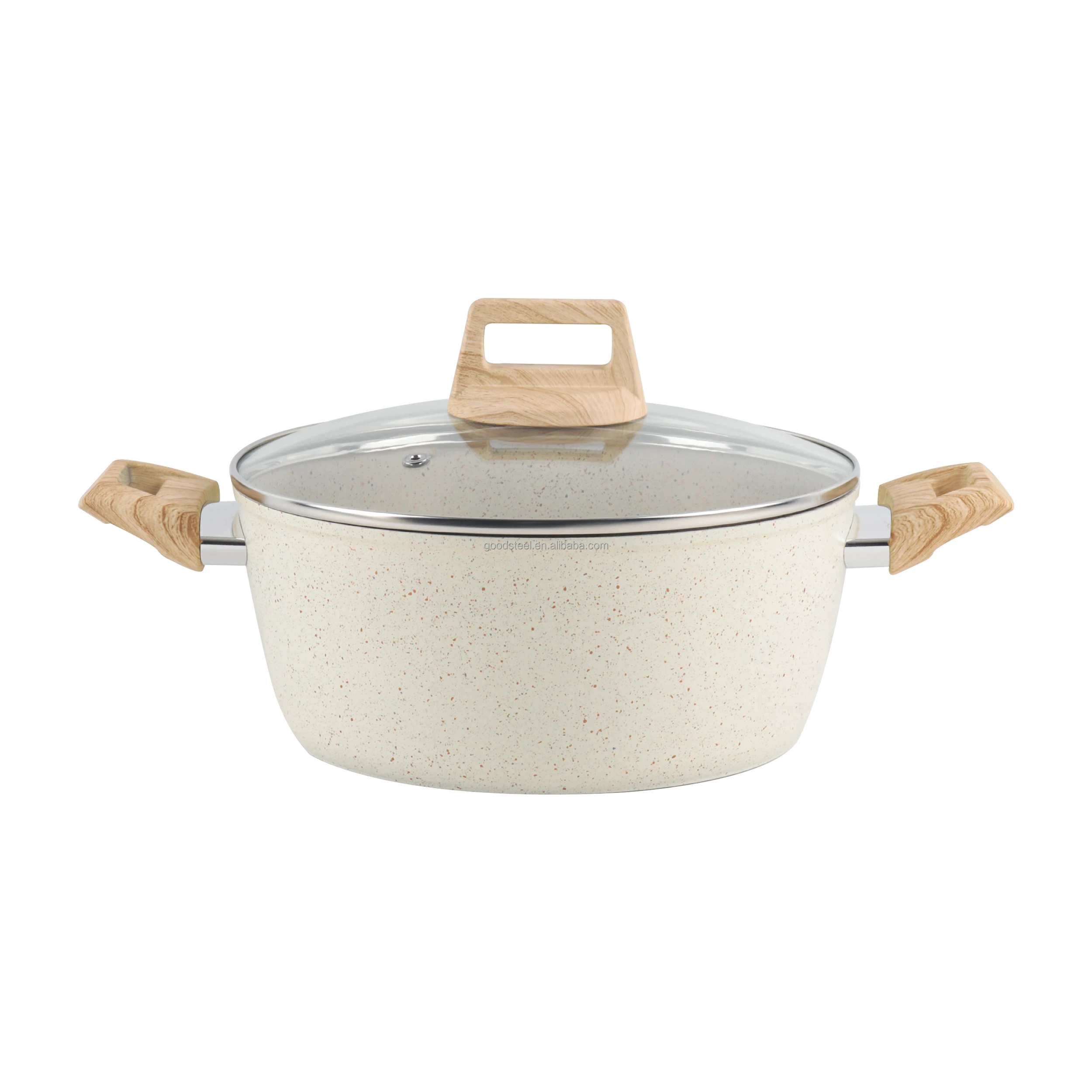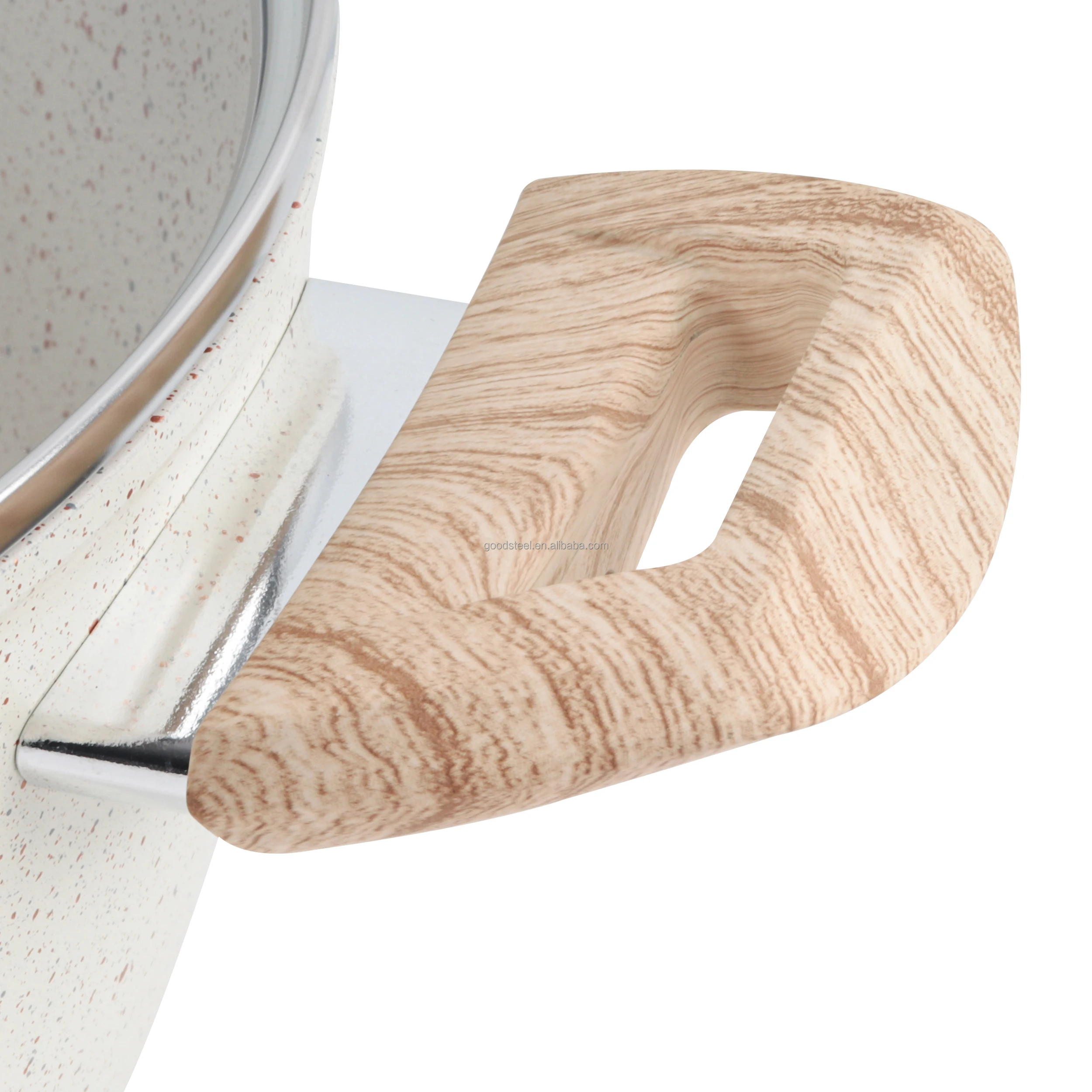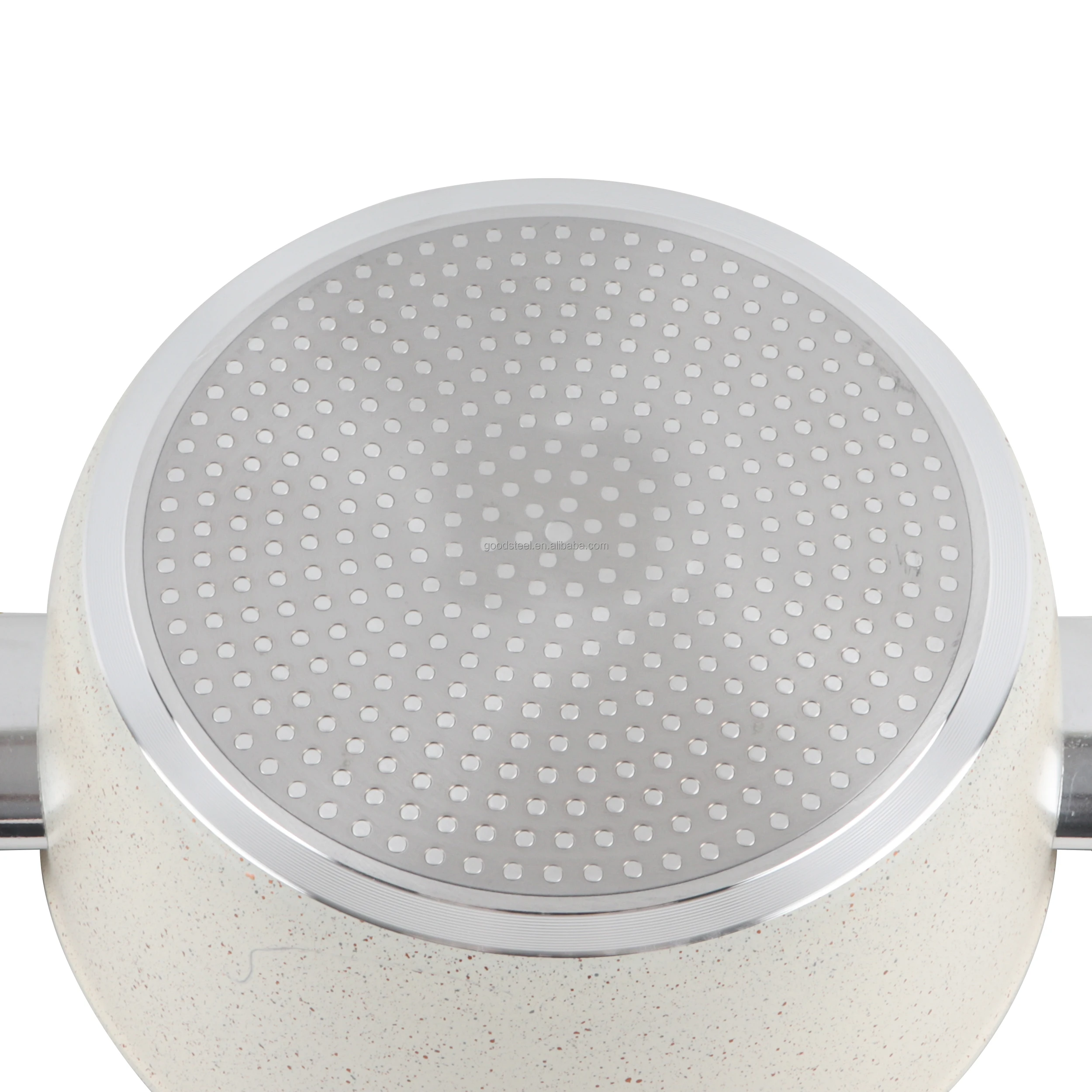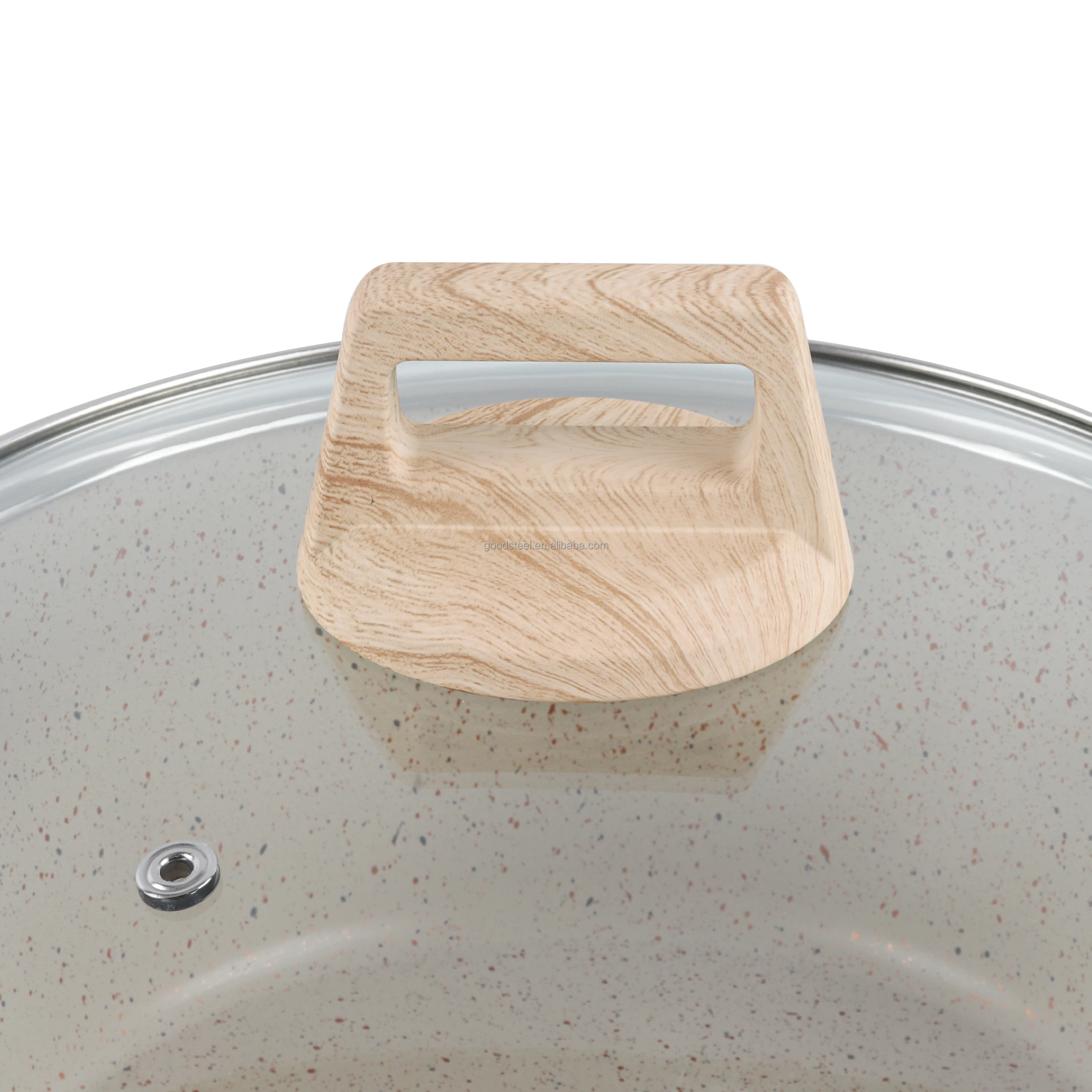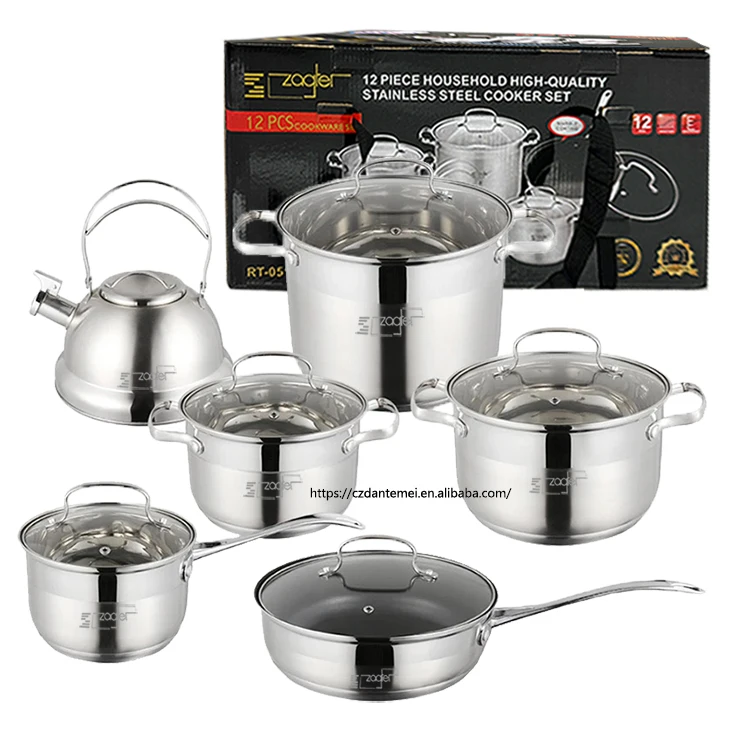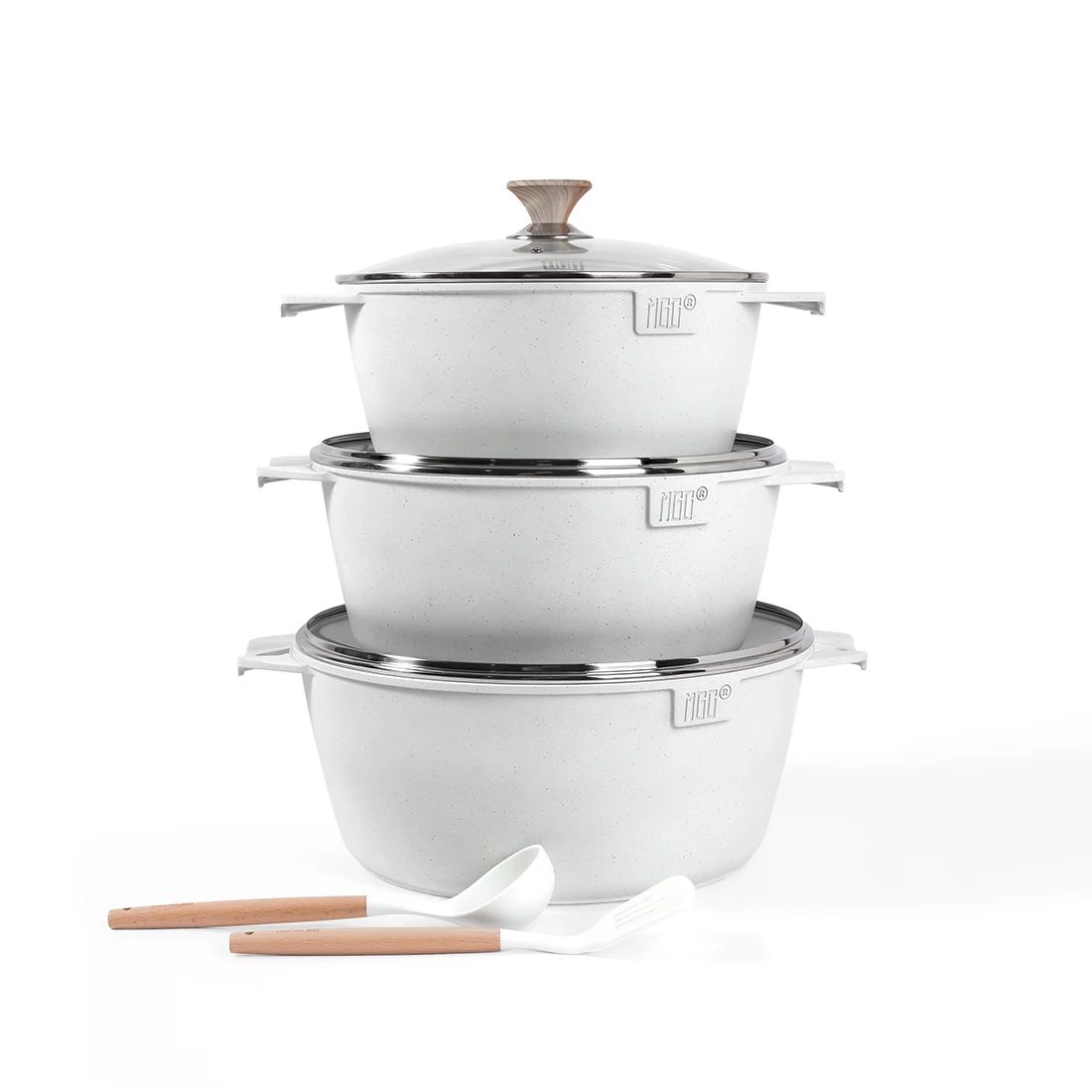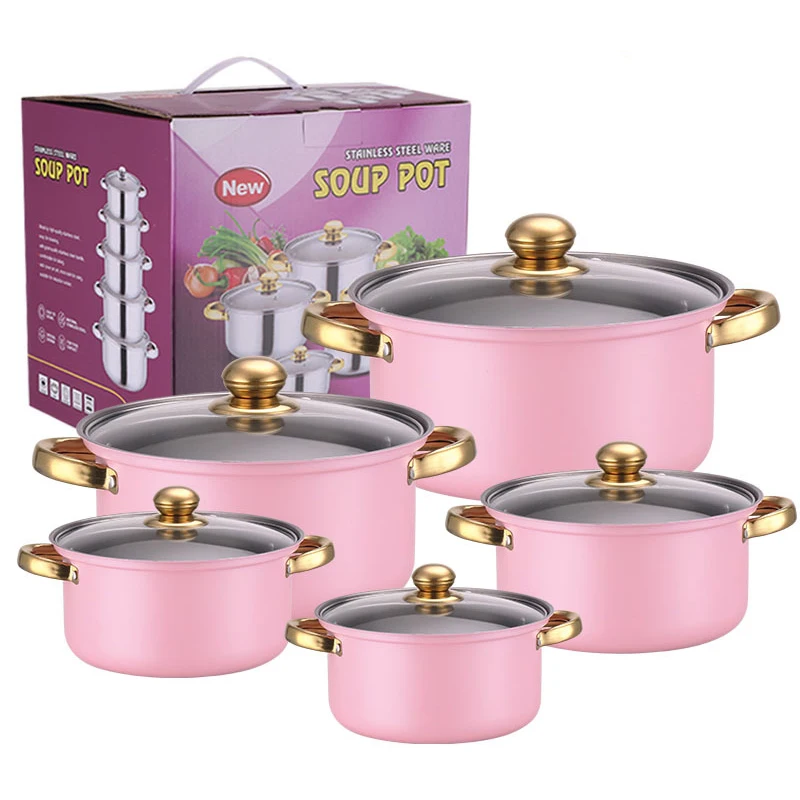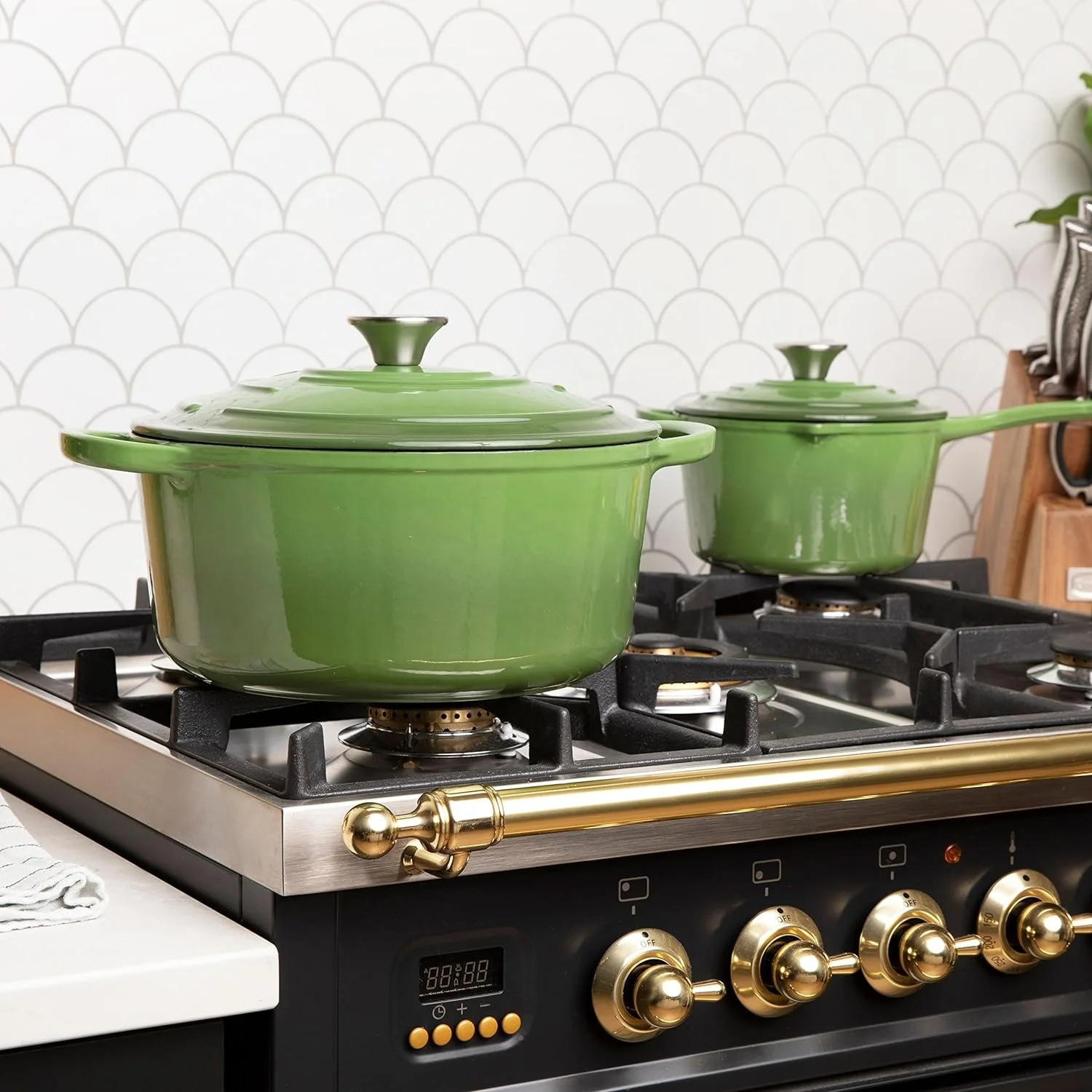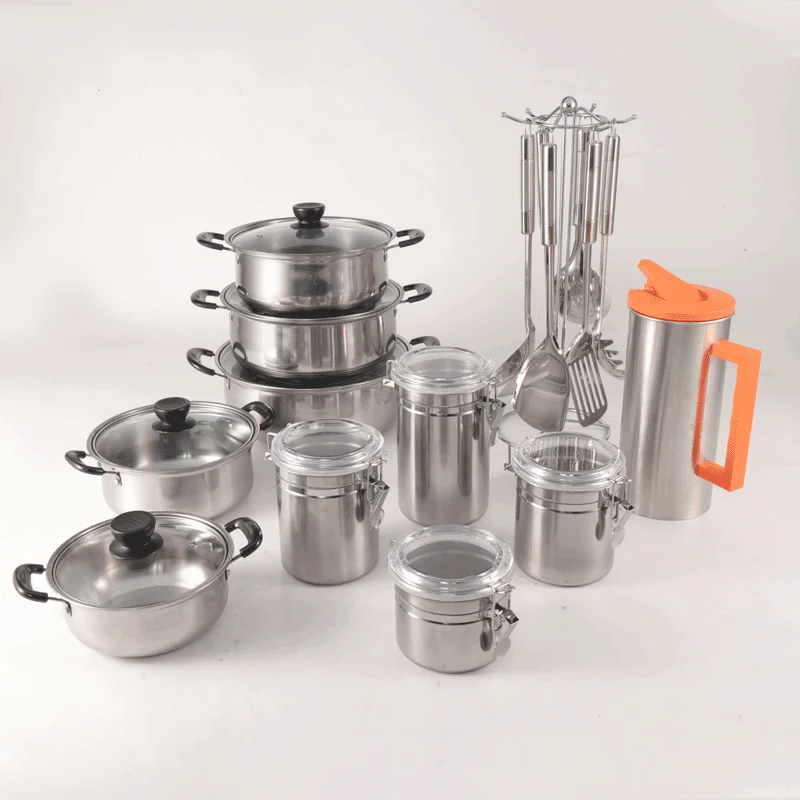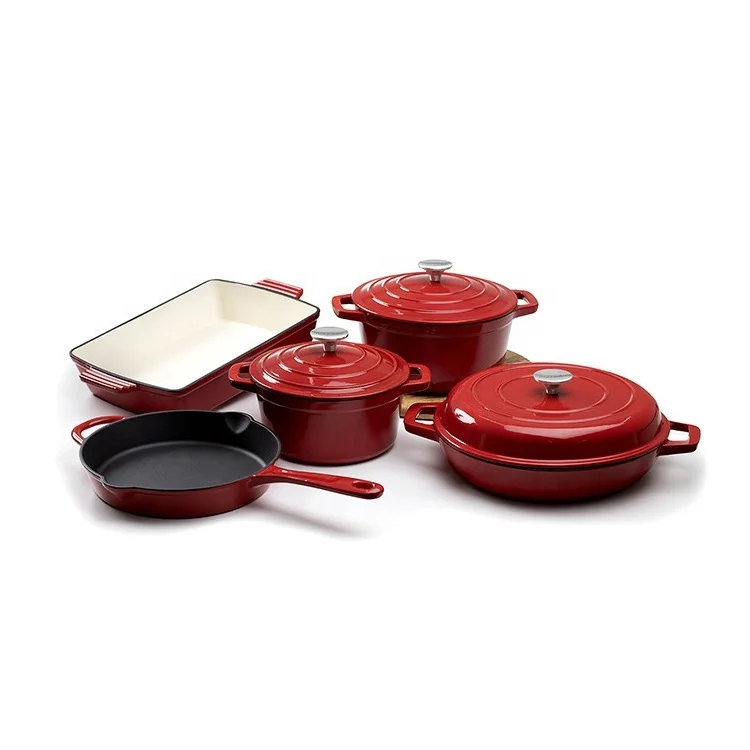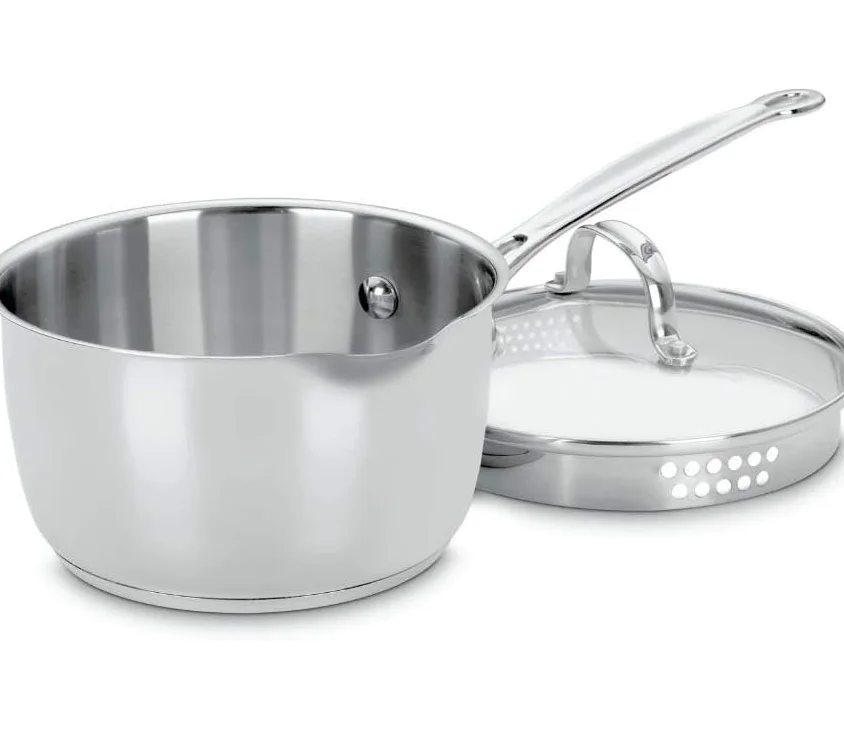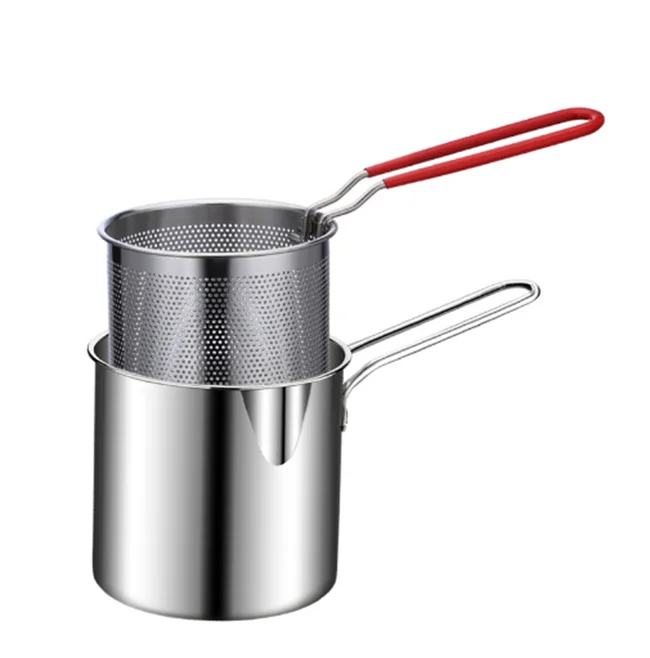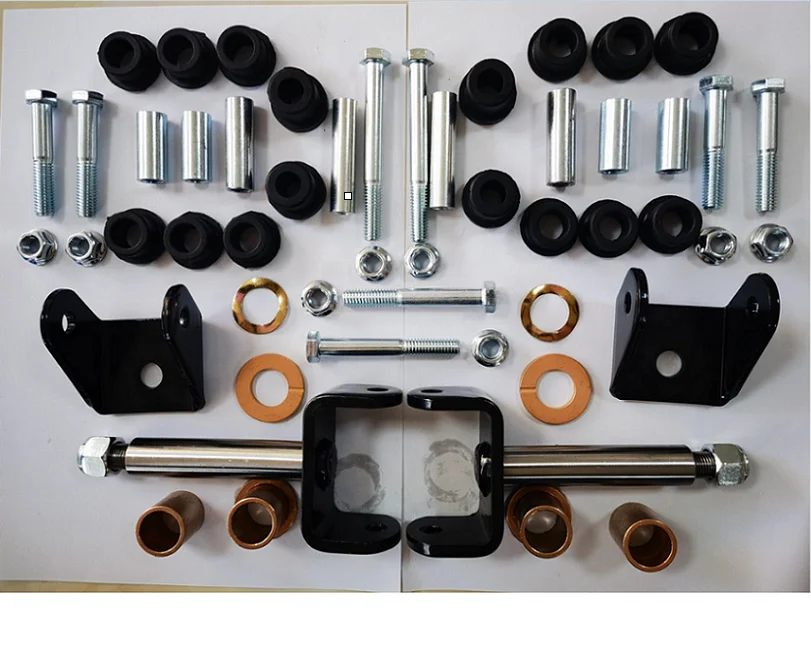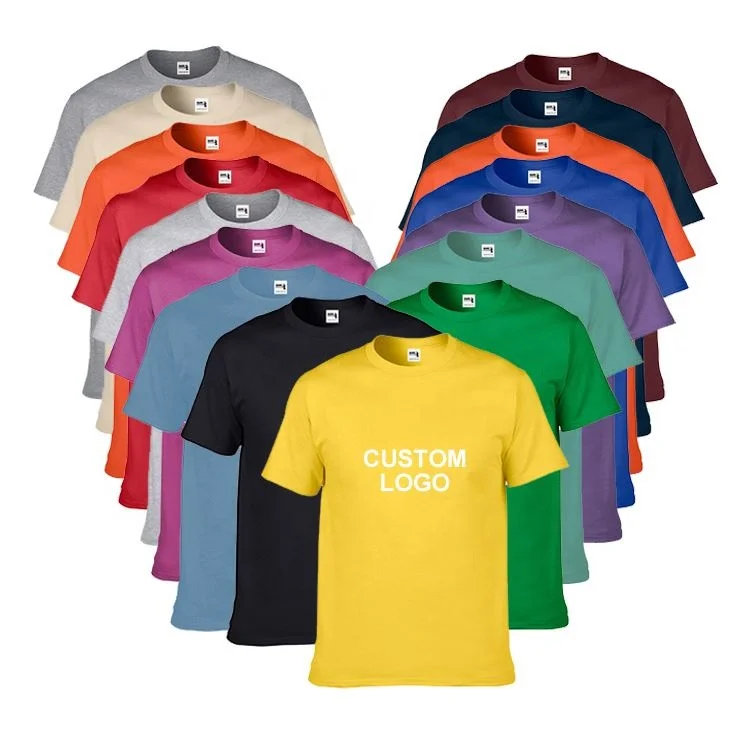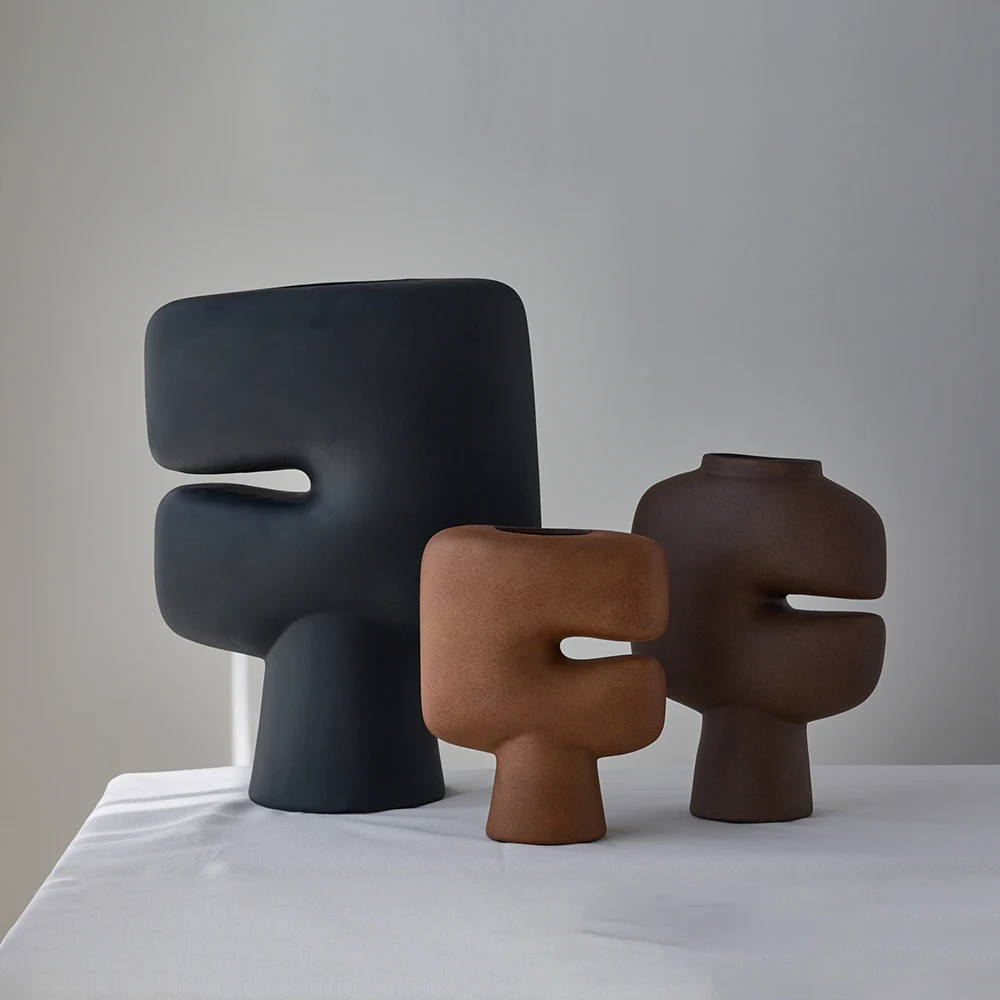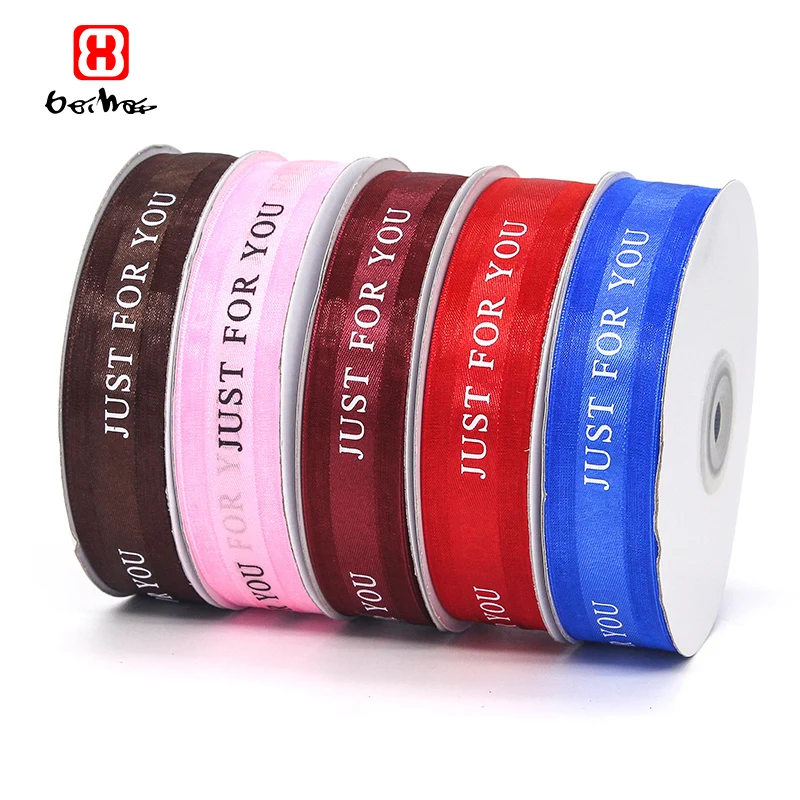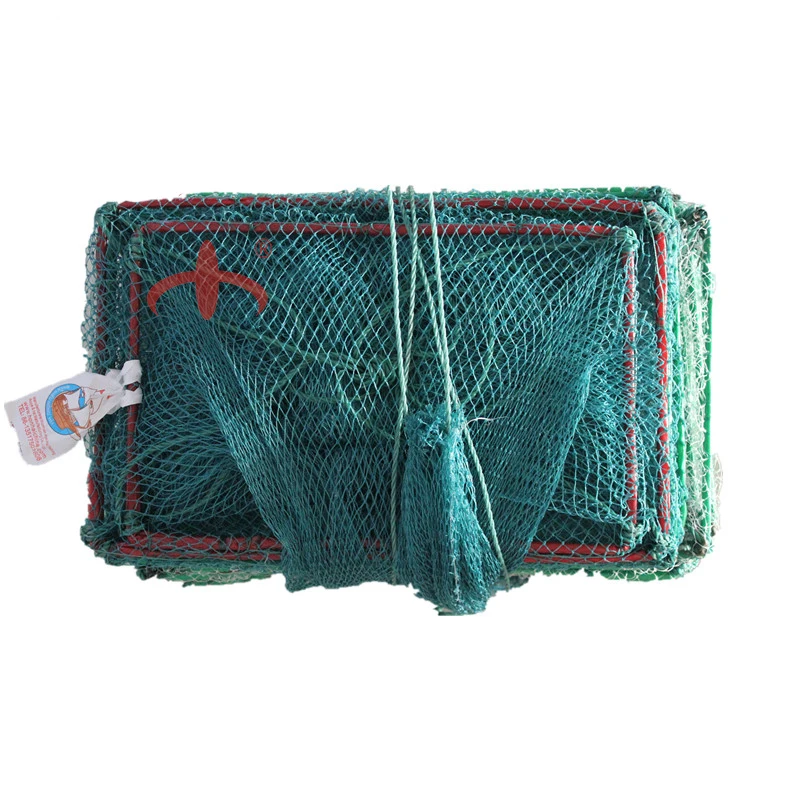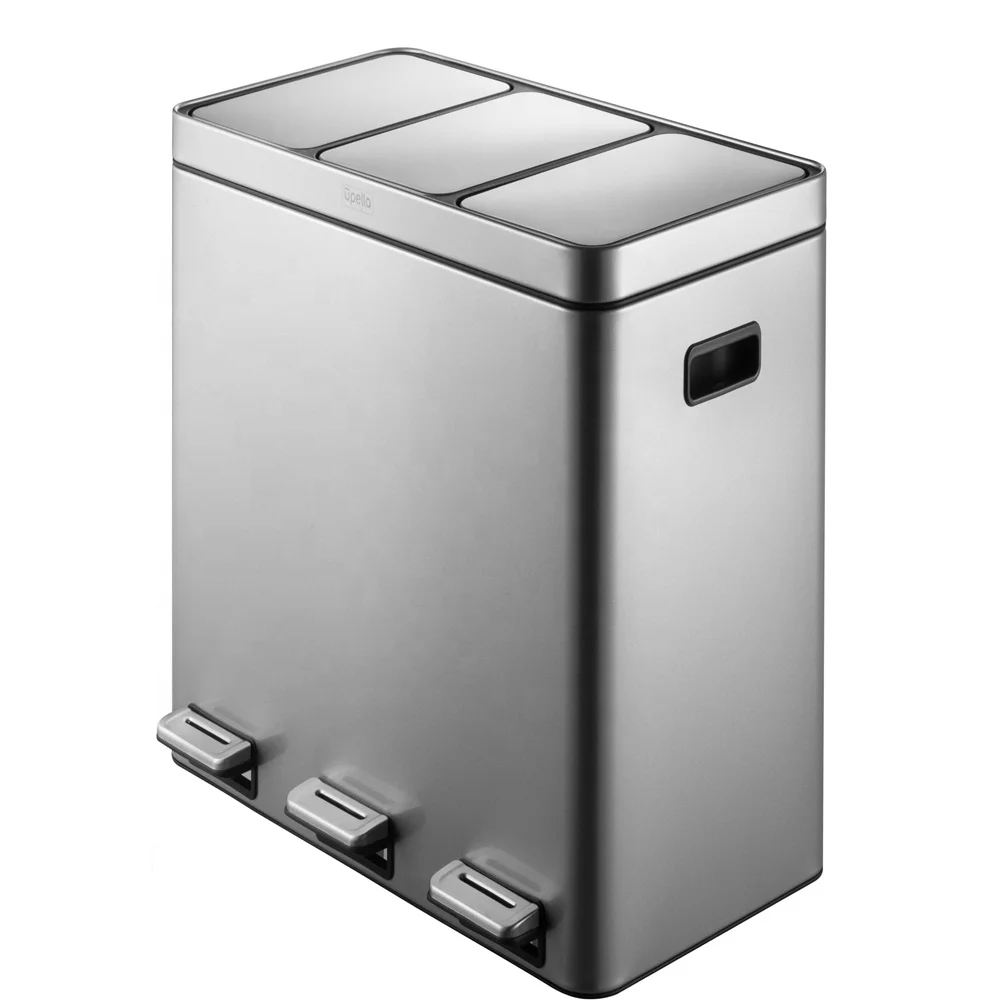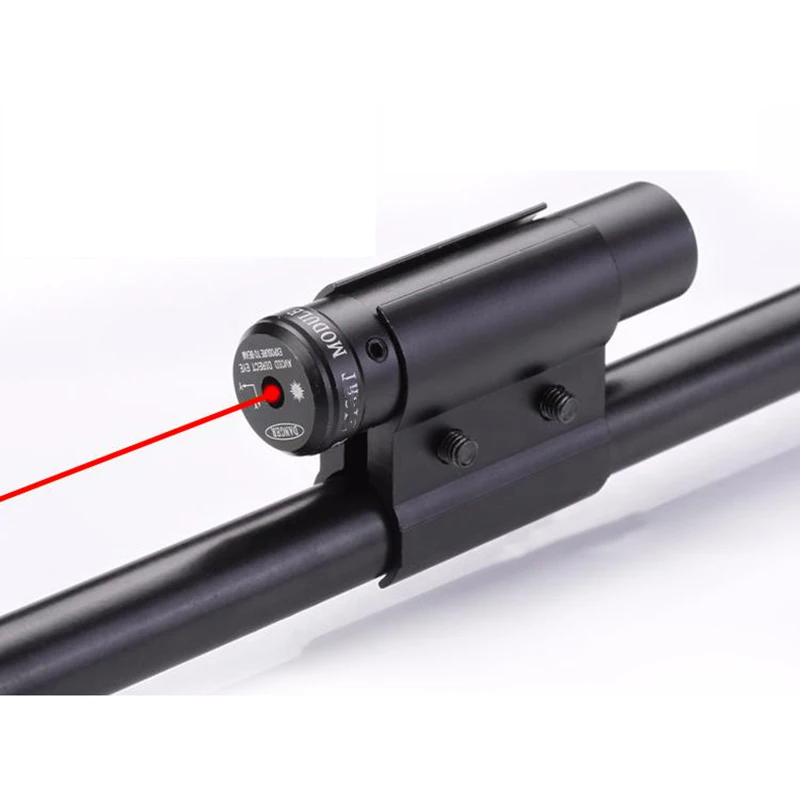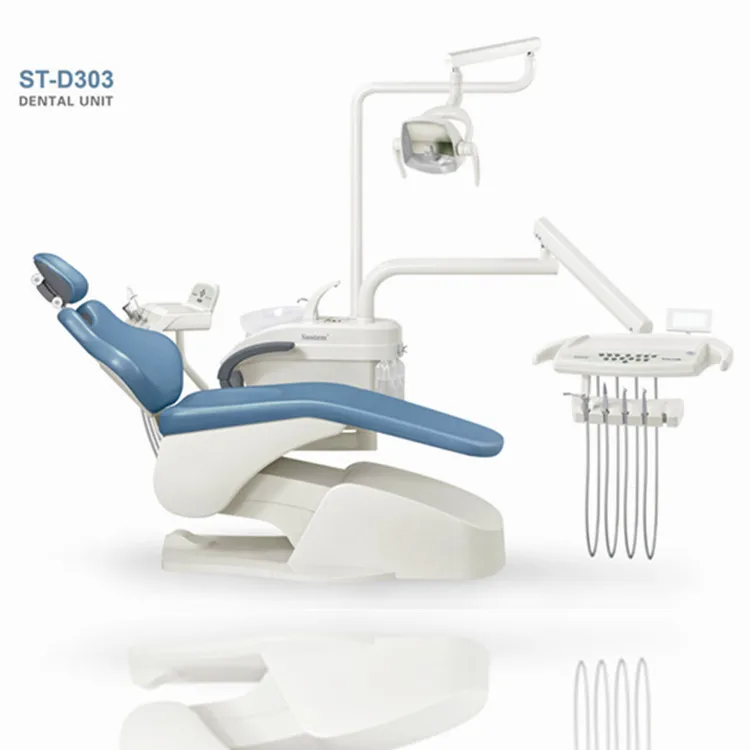Forged Granite Cookware with Non Stick Marble Coating aluminum cookware with Bakelite and Soft Touch Handles
- Category: >>>
- Supplier: Shenzhen Meishengfa Trade Co. Ltd.
Share on (1601017782293):
Product Overview
Description
MSF Product Preview
Classic Forged Granite Cookware with Non-Stick Marble Coating aluminum cookware with Bakelite and Soft Touch Handles | ||||||||

1) Material: forged aluminum
2) Straight shape with G-type glass lids
3) Thickness: 2.6/4.0mm
4) Interior: red nonstick with white dots marble coating
5) Exterior: red high temperature paint with marble coating
6) Handles: bakelite with soft touch silicone paint
7) Knobs: bakelite with soft touch silicone paint
8) Bottom: induction
Detailed Image



Product packaging



Why Choose Us

Title goes here.
* BV Verify supplier
* comprehensive Product integration
* International quality standards
* Orderly production follow-up
* Strict quality control
* In-time delivery
* Safe and low-cost logistics
* Various payment options for second-time customer , LC, OA
* comprehensive Product integration
* International quality standards
* Orderly production follow-up
* Strict quality control
* In-time delivery
* Safe and low-cost logistics
* Various payment options for second-time customer , LC, OA
Exhibition

VIP BRANDS


Which coating is best for non-stick cookware?
The choice of nonstick coating for cookware often depends on personal preferences, cooking habits, and safety considerations. Here are some commonly used nonstick coatings, each with its advantages and considerations:
PTFE (Polytetrafluoroethylene) non-stick cookware:
Advantages: Commonly known as Teflon, PTFE is a well-established nonstick coating. It provides excellent food release and is relatively durable if used and cared for correctly.
Considerations: PTFE can release toxic fumes at high temperatures (above 500°F or 260°C), leading to concerns about its safety. It's essential to use PTFE-coated pans within their recommended temperature limits and avoid overheating.
Ceramic non-stick cookware:
Advantages: Ceramic coatings are often considered more environmentally friendly, as they don't contain PTFE or PFOA. They offer good nonstick properties and are resistant to scratches.
Considerations: Ceramic coatings can be less durable than PTFE in the long term, and the quality of ceramic coatings can vary between brands.
Hard-Anodized Aluminum non-stick cookware:
Advantages: Hard-anodized aluminum cookware is treated to create a durable, nonstick surface without the use of a traditional coating. It is scratch-resistant and can withstand higher cooking temperatures.
Usage and Care: Follow the manufacturer's care instructions for proper use and maintenance.
Cooking Temperature: Be aware of the maximum temperature the nonstick coating can handle to avoid degradation.
Utensils: Use soft utensils (wooden or silicone) to avoid scratching the nonstick surface.
Quality: Higher-quality nonstick coatings from reputable brands tend to be more durable.
Remember that advancements in nonstick technology may have occurred since my last update, so it's a good idea to check for the latest information and reviews when making a purchase decision. Additionally, be mindful of any changes in safety standards or new developments in nonstick coatings.
PTFE (Polytetrafluoroethylene) non-stick cookware:
Advantages: Commonly known as Teflon, PTFE is a well-established nonstick coating. It provides excellent food release and is relatively durable if used and cared for correctly.
Considerations: PTFE can release toxic fumes at high temperatures (above 500°F or 260°C), leading to concerns about its safety. It's essential to use PTFE-coated pans within their recommended temperature limits and avoid overheating.
Ceramic non-stick cookware:
Advantages: Ceramic coatings are often considered more environmentally friendly, as they don't contain PTFE or PFOA. They offer good nonstick properties and are resistant to scratches.
Considerations: Ceramic coatings can be less durable than PTFE in the long term, and the quality of ceramic coatings can vary between brands.
Hard-Anodized Aluminum non-stick cookware:
Advantages: Hard-anodized aluminum cookware is treated to create a durable, nonstick surface without the use of a traditional coating. It is scratch-resistant and can withstand higher cooking temperatures.
Considerations: While not a traditional coating, the hard-anodized layer can wear over time, and the cookware may require more maintenance than traditional nonstick pans.
PFOA-Free Nonstick Coatings non-stick cookware:
Advantages: Many modern nonstick coatings are labeled as PFOA-free, addressing concerns about the potential health risks associated with PFOA exposure.
Considerations: The absence of PFOA doesn't necessarily mean the coating is free from other potential concerns. Always check the manufacturer's specifications and care instructions.
When choosing nonstick cookware, consider the following:
PFOA-Free Nonstick Coatings non-stick cookware:
Advantages: Many modern nonstick coatings are labeled as PFOA-free, addressing concerns about the potential health risks associated with PFOA exposure.
Considerations: The absence of PFOA doesn't necessarily mean the coating is free from other potential concerns. Always check the manufacturer's specifications and care instructions.
When choosing nonstick cookware, consider the following:
Usage and Care: Follow the manufacturer's care instructions for proper use and maintenance.
Cooking Temperature: Be aware of the maximum temperature the nonstick coating can handle to avoid degradation.
Utensils: Use soft utensils (wooden or silicone) to avoid scratching the nonstick surface.
Quality: Higher-quality nonstick coatings from reputable brands tend to be more durable.
Remember that advancements in nonstick technology may have occurred since my last update, so it's a good idea to check for the latest information and reviews when making a purchase decision. Additionally, be mindful of any changes in safety standards or new developments in nonstick coatings.
We Recommend
New Arrivals
New products from manufacturers at wholesale prices
